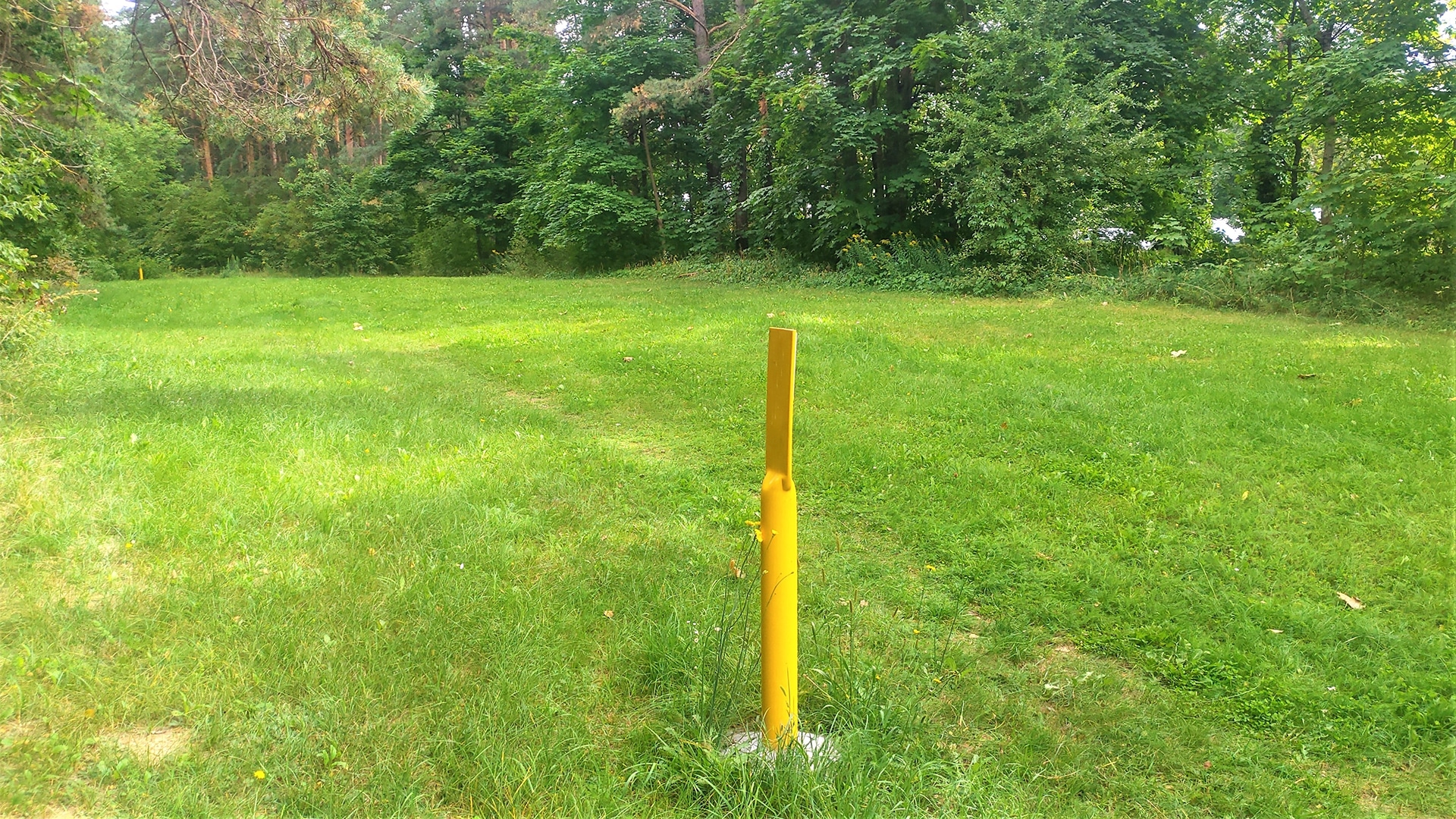
Pipeline construction is a crucial aspect of the infrastructure industry, responsible for transporting oil, gas, water, and other vital resources across vast distances. The process of building a pipeline involves various stages, from planning and design to construction and finally completion. In this article, we will take a closer look at the world of pipeline construction, from groundbreaking to completion.
Planning and Design
Site Selection
- The first step in pipeline construction is selecting the most suitable route for the pipeline.
- Factors such as terrain, environmental impact, and proximity to existing infrastructure are considered during site selection.
- Engineers and environmental specialists work together to ensure that the chosen route minimizes environmental impact and meets regulatory requirements.
Surveying
- Once the route is selected, surveyors visit the site to assess the terrain and gather data for the design phase.
- Surveying helps identify any potential obstacles or challenges that need to be addressed during construction.
- Precise measurements are taken to ensure the pipeline will be installed correctly and safely.
Construction Phase
Clearing and Grading
- Before construction can begin, the land along the pipeline route needs to be cleared of vegetation and leveled.
- Bulldozers and other heavy machinery are used to clear the way for the pipeline and create a stable foundation.
- Environmental safeguards are put in place to protect sensitive habitats and water sources during this phase.
Trenching
- Once the land is cleared, workers dig a trench along the pipeline route to accommodate the pipe.
- The depth and width of the trench are determined by the size and type of pipe being installed.
- Special care is taken to ensure the trench is stable and properly backfilled to prevent future issues.
Welding and Installation
- Sections of pipe are transported to the construction site and welded together to create a continuous pipeline.
- Specialized welding techniques are used to ensure the integrity of the welds and the overall strength of the pipeline.
- Cranes and other equipment are used to lift the pipe sections into the trench and secure them in place.
Testing and Inspection
Hydrostatic Testing
- Before the pipeline is put into service, it undergoes a series of tests to ensure its integrity and safety.
- Hydrostatic testing involves filling the pipeline with water or another fluid and pressurizing it to check for leaks or weaknesses.
- This test is crucial for identifying any defects that need to be addressed before operations begin.
Quality Control
- Throughout the construction process, inspectors monitor the quality of work to ensure it meets industry standards and regulatory requirements.
- Welds, coatings, and other critical components are inspected for defects or weaknesses that could compromise the pipeline's integrity.
- Any issues that are identified are addressed promptly to prevent delays or safety hazards.
Completion and Restoration
Land Reclamation
- Once the pipeline is installed and tested, the construction site is restored to its original condition.
- Topsoil is replaced, vegetation is replanted, and any temporary infrastructure is removed from the site.
- Efforts are made to minimize the impact of construction on the environment and surrounding communities.
Handover and Maintenance
- After completion, the pipeline is handed over to the operator, who is responsible for its ongoing maintenance and operation.
- Regular inspections and maintenance activities are carried out to ensure the pipeline remains safe and efficient.
- Operators work closely with regulatory agencies to ensure compliance with safety and environmental regulations.
From groundbreaking to completion, pipeline construction requires careful planning, precise execution, and ongoing maintenance to ensure the safe and efficient transportation of resources. By following strict guidelines and utilizing the latest technologies, pipeline construction continues to play a vital role in supporting infrastructure and driving economic growth.
